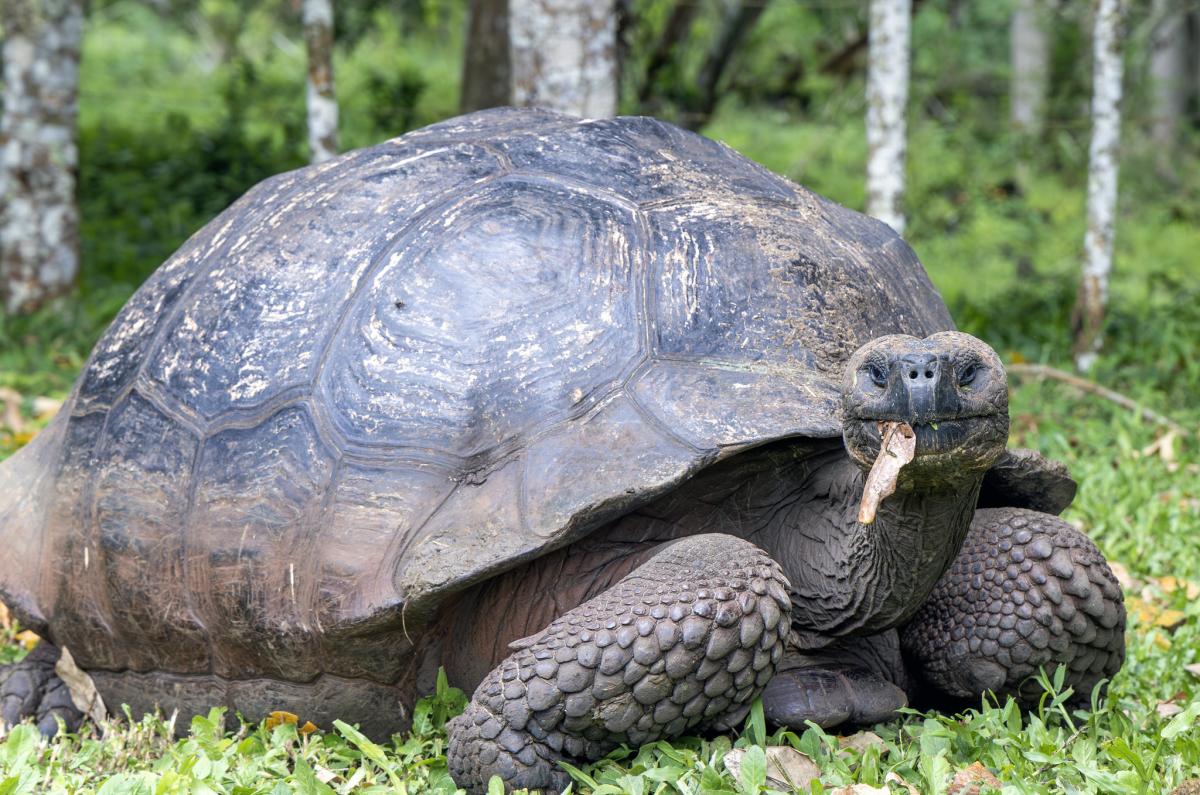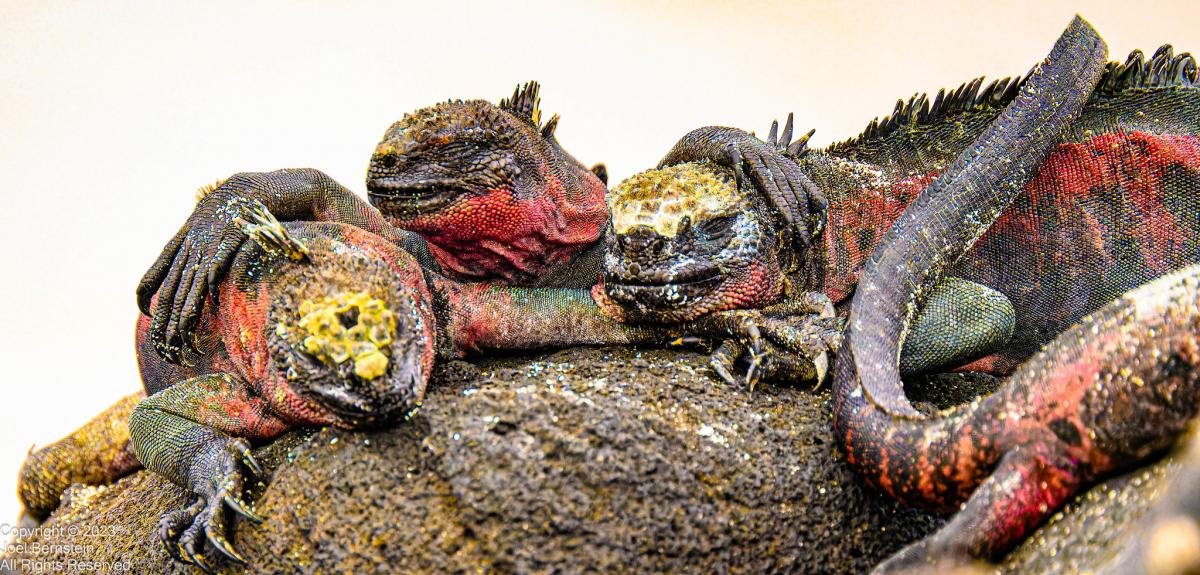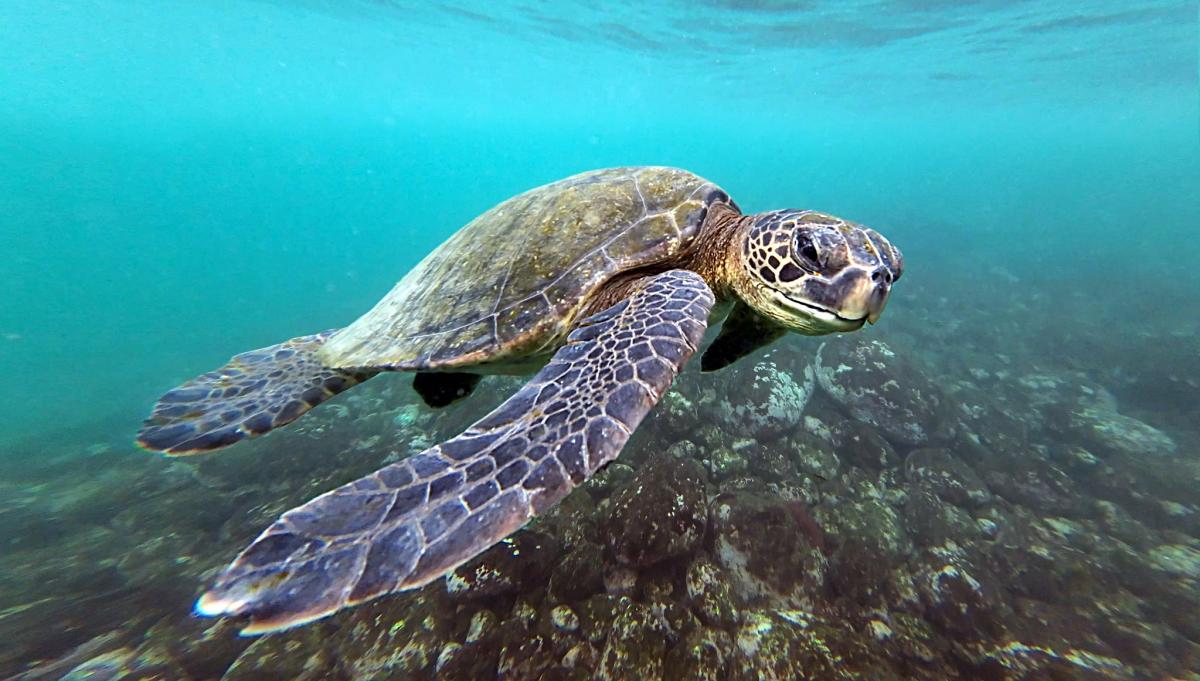LU9ESD will be active as HC8M from Galapagos Islands in CQ WW WPX SSB Contest, 29 - 30 March 2025.
He will operate in Single Operator Category.
Recent DX Spots HD8CW
HD8CW Log searchHC8M Log searchRecent DX Spots HC5CW/8
Previous activities:
Edgar, K2IN is currently active again as HD8CW and HC8M from San Cristobal Island, IOTA SA - 004, Galapagos Islands.
He will use HD8CW call sign until 18UTC 14 February and he will be active as HC8M in ARRL DX CW Contest, 15 - 16 February 2025.
QSL via M0OXO, OQRS.
HC5CW and HC2AP will be active as HC5CW/8 and HD8CW from San Cristobal Island, IOTA SA - 004, Galapagos Islands, 19 - 28 November 2024.
They will operate on HF Band, CW, SSB, FT8.
HC5CW/K2IN will be active as HC5CW/8 in CQ WW DX CW Contest, 23 - 24 November 2024.
QSL via M0OXO OQRS.
Galapagos Islands
The Galapagos Islands are a stunningly beautiful and one-of-a-kind archipelago, one of the most incredible places on the planet. Here live four hundred-kilogram turtles and southern penguins, four currents converge, and during volcanic eruptions, the ash pillar rises to fifteen kilometers in height! Life on the islands is challenging and sometimes even dangerous, and yet it is surprisingly harmonious. Although Galapagos was discovered only recently, and is now remote from major transportation routes and not involved in major political events, it has had an enormous impact on the development of the world.
 Galapagos Islands. Author - Richard Ricciardi.
Galapagos Islands. Author - Richard Ricciardi.
History of the Galapagos Islands
The islands were officially discovered in 1535 by Spanish priest Tomas de Berlanga. Sailing from Panama to Peru, he accidentally deviated from the course (in the XVI century in the absence of GPS it was a common thing) and ended up on the island. At that time, the island was inhabited by descendants of the Incas, but the first people de Berlanga saw were huge turtles.
This is where the name came from: “galápago” means “water turtle” in Spanish. These creatures fared well here - and thankfully still do, although at one time sailors called them “live canned food” and took them with them to snack on in case of loss of supplies. Nevertheless, the population has been preserved and the Islas Galápagos have every right to be proud of having saved a national symbol.
Spain owned the Turtle Islands for quite some time. Only in 1832 Ecuador annexed them. To Ecuador they belong to this day, representing a province with a population of 25,124 (as of 2010) and an area of just over 8,000 square kilometers.
There are a lot of islands
In total, the Turtle Archipelago includes
- 13 main, largest islands;
- 6 smaller islands, but still quite significant;
- 107 reclaimed areas and just rocks in the middle of the Pacific Ocean.
And some processes suggest that this number will change.
The fact is that the archipelago is located at the junction of three lithospheric plates: Nazca, Cocos and Pacific. The plates are in constant motion relative to each other, and the Earth's crust is heated from below by the mantle plume. As a consequence, new islands are constantly forming and old ones sinking. The oldest of them, 4,000,000 years old, is predicted by scientists to go underwater soon. In contrast, younger formations have not yet completed the formation process. This is particularly true of Ferdinand and Isabel. The new volcanic islands are in the formation phase, as evidenced by the number of eruptions: 13 in the last hundred years.
 Galapagos Islands. Author - Joel Bernstein.
Galapagos Islands. Author - Joel Bernstein.
Charles was here
The Galapagos Islands are home to many endemic animal and plant species found nowhere else in the world. Virtually all of the fauna - about 97% - is made up of endemics. You won't see a similar percentage mix anywhere else.
Some of the most famous locals include the tree finch, conoloph, Galapagos turtle, Galapagos albatross, elephant turtle, and dark gull. Every year thousands of tourists come to the archipelago to observe the local inhabitants at a respectful distance.
One such observer was Charles Darwin in his time. It was here, while exploring the flora and fauna of the archipelago, that the famous naturalist first thought about evolutionary theory and made his first notes. So the Galapagos is actually the inspiration and birthplace of the Darwinist theory of natural selection, which the whole world knows about.
Loyalty on land and sea
With endemics on land, everything is clear: animals and plants simply cannot leave the islands in the middle of the Pacific Ocean - at least not without help. However, in the Galapagos Archipelago there is a rare phenomenon - marine endemism.
About 20% of the marine inhabitants living off the shores of the Turtle Islands do not swim away from here. These include the marine iguana, the Galapagos harbor seal, and the only penguin living this far south, the Galapagos penguin. These creatures have the ability to travel all over the world and are quite capable of living in other territories (at least in the same latitudes). However, they choose the Galapagos. Why? Scientists say this with all certainty: it is unknown. Marine endemism is rare and little studied, and such a large percentage of unique local representatives of fauna and is unique. There is no way to explain it yet - we can only marvel at it.
 Galapagos Islands. Author - Ronald Todd.
Galapagos Islands. Author - Ronald Todd.
Protected
It is only natural that such unusual creatures require good protection. The Ecuadorian government first attempted to provide it as early as 1934 by passing a law to protect the archipelago. In 1936 it was amended, and in 1959 the National Park was officially declared. In 1986. In 1986, the Galapagos already had the status of a biosphere reserve, and a little earlier, in 1978, the archipelago was declared a UNESCO World Heritage Site.
Today the territory of this park complex occupies 97.5% of the total territory of the archipelago. There is very little land left for people to live on - just three islands. However, they don't seem to mind and willingly share the beaches with non-aggressive seals and elephant turtles. At the water's edge you can even find a sign warning that the seals have found a rookery here. You can't touch the animals, but no one forbids you to photograph them.
Not only the land, but also the ocean around is protected. The protected area is 70,000 square kilometers. - This is the second place in the world (the first belongs to the Great Barrier Reef). The area is certainly significant, but it is necessary for true giants, because the archipelago is a haven for humpback whales. These magnificent creatures feel perfectly at ease in the warm waters at the intersection of four currents: Equatorial, Panama, Humboldt and Cromwell. Here they feed, rest, train their calves, and often in the morning you can see the fantastic fountains of spray they throw up to the heavens.
Humans don't belong here?
Actually, of course not: our species has a great time on the Turtle Islands. It is home to a variety of nationalities, mostly Ecuadorians. Some residents trace their history directly back to the ancient Mayans. It is they who annually organize folklore performances, which are attended by tourists from all over the world, especially the USA.
This is not a bad ecological business for the locals. In general, the whole economy of the islands is based on ecotourism. In particular, unique technologies of wool dressing have been preserved here. Products made of such wool are incredibly expensive, but the quality and beauty are incredible. And if you want something not so significant, you can always try local dishes.
Of course, there is also entertainment on the Galapagos Islands. Widespread hiking in protected areas, including extinct volcanoes, birdwatching and diving. All under the strict supervision of local scientific staff. But without supervision you can relax on the beaches, of which there are countless, relax, drink freshly squeezed juice and enjoy the inexpressible beauty of the archipelago.

